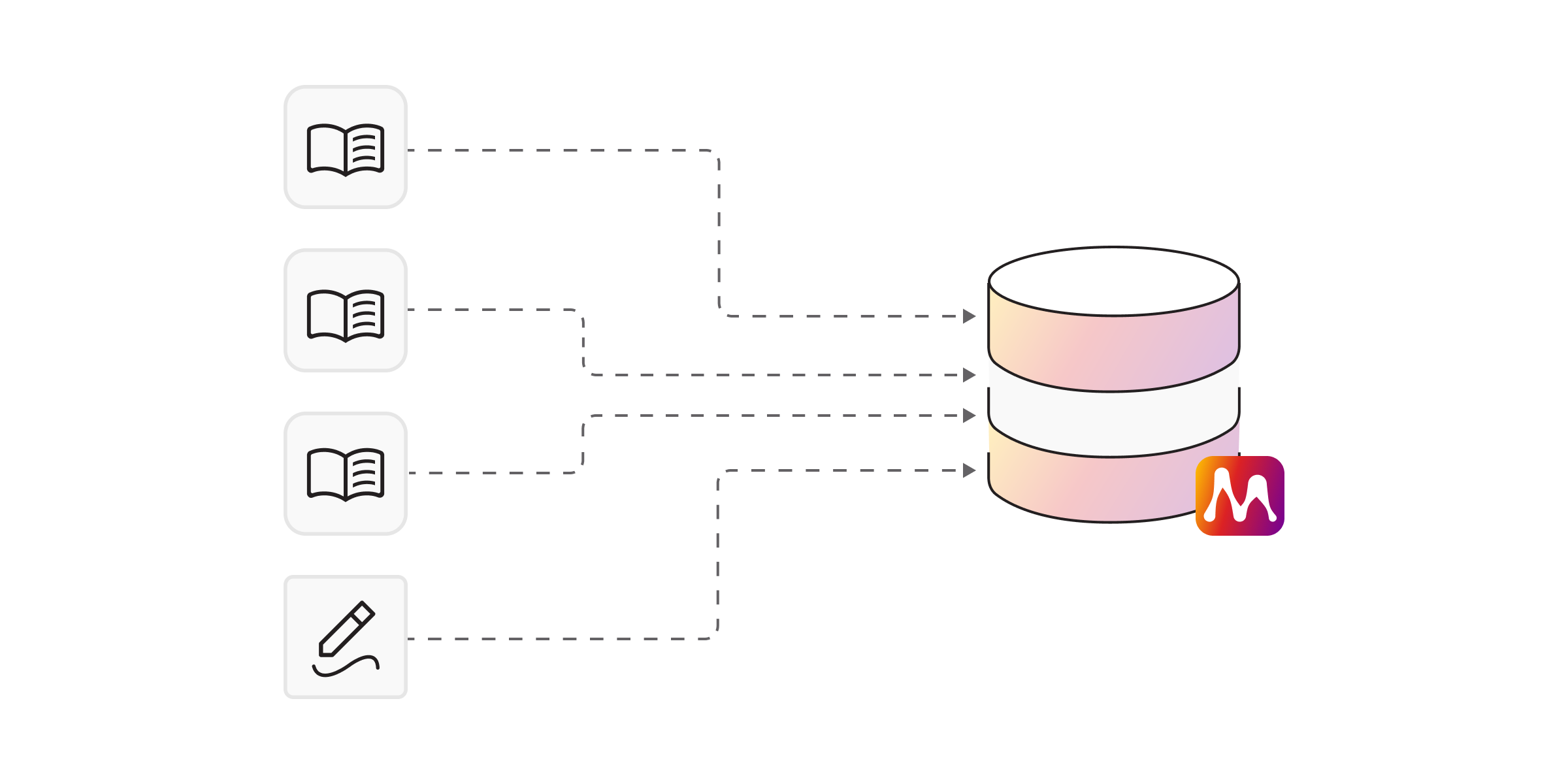
Announcing: Memgraph as a Multi-Tenant Graph Database
Memgraph has just launched the multi-tenancy feature in its enterprise version, which is a big deal for anyone dealing with graph databases. Here’s a straightforward look at what this feature means, how to run it, and why it could significantly upgrade your data management tasks.
What’s Multi-Tenancy in Memgraph?
Multi-tenancy in Memgraph means hosting multiple, completely isolated graph databases within a single server instance. This setup is crucial for businesses managing diverse datasets or running multiple projects on the same infrastructure without risking data bleed. Each graph maintains its isolation, ensuring operational integrity and security.

How Does It Work?
Memgraph’s multi-tenancy uses isolated namespaces as unique environments for each tenant’s data. Though these namespaces share the same underlying memory and processing resources, they operate independently. This setup allows Memgraph to offer each tenant the illusion of having their private database server.
From a technical perspective, managing these isolated environments involves detailed access control and sophisticated query routing to ensure that queries only interact with data from the correct tenant. Managing isolated environments is crucial in maintaining the operational integrity and security of the data.
For a deeper dive into setting up and running multi-tenancy in Memgraph, check out our Engineering product demo:
Benefits and Use Cases
- Cost efficiency
- One of the most apparent advantages of multi-tenancy is cost reduction. Managing multiple databases within a single server dramatically reduces hardware and maintenance costs.
- Ease of management
- Deploying and maintaining one instance for multiple projects simplifies administration and makes scaling efforts more manageable and less disruptive.
- Security
- Data isolation is critical, especially for sensitive information. Multi-tenancy ensures that datasets do not interfere with or compromise each other.
- Scalability
- Whether adding new tenants or scaling up existing ones, multi-tenancy supports growth without the need for significant additional resources.
What Is a Good Use Case for Memgraph Multi-Tenancy?
Cybersecurity, for example.
For industries where separate yet efficient data management is necessary, multi-tenancy allows threat intelligence platforms to operate more effectively by managing isolated graphs for different tasks or clients.
What’s Next for Memgraph?
Multi-tenancy is just the beginning. Memgraph already offers fine-grained access control, including permissions for labels and edge types, which enhances the management of user roles and permissions and aligns access rights with organizational roles and responsibilities. We plan to expand our fine-grained access controls further to include support for properties, enhancing our security features and customization capabilities even more.
Additionally, Memgraph is exploring enhancements like cross-database queries and improved CPU and memory usage metrics per tenant. These developments aim to provide even more robust tools for database management, ensuring our technology meets and exceeds modern data environments’ needs.
Conclusion
Memgraph’s new multi-tenancy feature is here to help businesses handle graph data, offering a more secure, cost-effective, and manageable approach. We’ve designed multi-tenancy for those who need the power of graph databases without the complexity and overhead of managing multiple instances. This feature is worth exploring if your organization wants to streamline its data operations.
Further Reading
- Multi-tenancy feature in Memgraph docs
- Memgraph Enterprise features explained